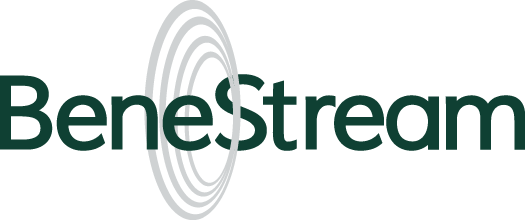Unless you’ve been in business for more than 40 years, you’ve never faced inflation like this.
Prices have risen 8.3% for the year through August, according to the latest report by the National Bureau of Labor Statistics. With energy costs in the lead, everything from labor to office supplies is growing more expensive at the fastest rate since 1981.
Is raising your prices the answer? While it might be tempting, and sometimes even necessary, it isn’t the best or only one.
Medicaid, Not Mark Ups
Conventional wisdom says that competing on price creates a race to the bottom. But during inflationary periods, consumers pay more attention to prices.
The smartest way to maintain or even grow your margins in times like these isn’t mark-ups; it’s selective cost-cutting. Your mission is to do so in ways that don’t downgrade your product.
If you can simply maintain your product and price point, you not only avoid tough conversations with customers — you gain an edge on competitors that couldn’t.
Where to find those savings? Where you likely spend the most: your labor costs.
As a government health insurance program, Medicaid can’t cover anyone’s paycheck. But if you employ low-income workers, it can cut just about every other labor-related cost.
Where Medicaid’s Savings Lie
When looking at your labor costs, it’s easy to forget some of the biggest factors in play. Medicaid can save you money on:
- Retention and Training
Replacing an employee can cost between 90-200% of that worker’s pay. In other words, every time a worker who makes $25,000 per year leaves, it costs $22,500-$50,000 to find and train another.
The good news is, employees who like their health coverage are more likely to stay than those who don’t. And the even better news is, Medicaid is more popular with enrollees than private plans.
Also read: Why Medicaid Beats Private Health Plans in Member Satisfaction
- Health Insurance
Medicaid’s second source of labor cost savings is your group health plan. Health insurance is the most expensive employee benefit, and like everything else, plan costs are going up.
Between 2016 and 2021, the average employer-sponsored plan premiums increased 22% . While data isn’t yet available for 2022, it’s safe to expect costs to increase.
Every team member who transitions to Medicaid lowers your group plan premiums. Fewer enrollees mean fewer claims and lower administrative costs, including for those who leave but elect to continue coverage under COBRA.
- Productivity
Medicaid’s least appreciated source of savings is employee productivity. A healthy, reliable, and efficient labor force is one of the best ways to lower your cost of goods sold.
Medicaid costs its enrollees next to nothing in monthly premiums and out-of-pocket expenses. When they can afford to address their health problems, workers are less likely to call out sick. And because Medicaid covers eligible workers’ families, they’re less likely to show up distracted by loved ones’ medical needs.
Also read: You Can Help Every Worker Feel Thankful for Good Health Insurance
In business, the way to succeed isn’t to do what everyone else is doing; it’s to do what others can’t or won’t. So, go ahead: Let competitors raise their prices while you pad your margins with Medicaid.

